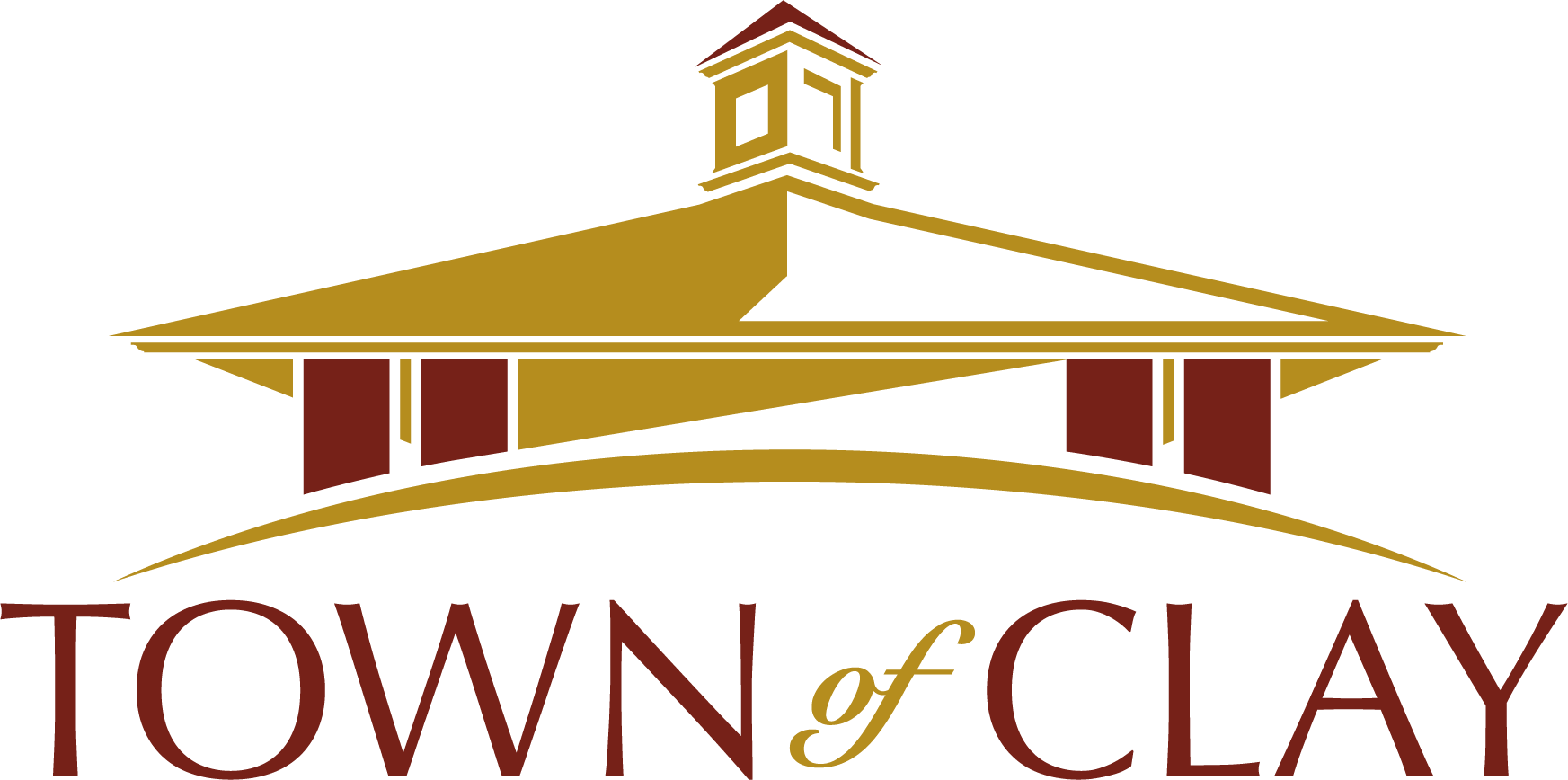Hiram Sharp - Part IVPosted on August 22, 2014 |
Image
|
Hiram Sharp – Part IV - Political Prisoner in Van Diemen’s Land*
The idea of sending British prisoners to penal colonies was not new. They served on British hulks in Great Britain or went to Gibraltar and Bermuda as an alternative to capital punishment. That is why 150 political prisoners captured during the 1838 rebellions in Canada were sent to Van Diemen’s Land (Later known as Tasmania). This was on the orders of Lieutenant-Governor George Arthur, even though a governor of one colony did not have authority to send prisoners to another colony. Hiram and his fellow prisoners arrived aboard the BUFFALO, the third prisoner ship, at Hobart Town on the southeast coast of Van Diemen’s Land on February 15, 1840. They bypassed the usual embarkment to the Hobart Prisoner’s Barracks and were marched to a probation station near Sandy Bay. Lieutenant-Governor Sir John Franklin had received instructions from the Home Secretary and Secretary of State for the Colonies, Lord John Russell, not to mix these North American political prisoners with the usual class of thieves. George Arthur had stressed “Public Works” as the best punishment for these prisoners, which included: working on the wharf at Hobart Town; the causeway over the Derwent; line roads from Hobart Town, Launceston, and Spring Hills and to the west. The principle buildings for construction were the church at New Town, the jail at Oakland, magazine at Launceston, the bridge at Ross and the Female House of Correction at Launceston. On their march to Sandy Bay Road Party Station, the patriots noted that prisoners convicted of serious crimes were in chains while working on the road. The station consisted of eight to ten huts constructed of 10-foot timbers with thatched roofs and compacted earth floors. Only the overseers and clerks huts had fireplaces. Prisoners slept on two tiers of single bunks arranged around the walls. On February 17, Franklin visited the new prisoners and told them they would be working on the roads. If their conduct was good, they would be issued tickets of leave. James Wood and other officers of the BUFFALO told him they had not the least complaint about the prisoners. That afternoon, picks, shovels, wheelbarrows and hand carts were issued and work began. The 76 North American political prisoners were first assigned to build a nine-mile stretch of road from Sandy Bay to Brown’s River. They worked from 6 a.m. to 6 p.m. Their daily rations included one pint of water, oatmeal gruel for breakfast and supper and 3/4 pound of beef or mutton, ½ pound of vegetables and a pint of soup for dinner. At 7 p.m., a bell rang, roll was taken, and the men were locked in their huts for the night. On Sundays, it was compulsory to go to St. George’s Church in Battery Point. In the afternoon, a Methodist minister preached at the Station. Many of the letters that the prisoners sent home tell of the conditions they endured. John Gilman tells of their hard labor as they did all the picking, shoveling, pulling hand carts themselves without teams of animals for help. Elijah Woodman was so optimistic when they first arrived, but he summed up the feelings of them all by saying he was a slave far from home among strangers in a penniless situation without sufficient food or clothing. Three prisoners tried to escape on June 6 but were captured. To forestall further attempts, all prisoners were moved inland to the Lovely Banks Probation Station. Although it was almost completely built, in order to finish it, the Patriots worked for the three months of Winter (June – September) in the rain and cold and slept in huts without lights or heat in wet weather forced to dress in magpie (prisoner garb) along with all the others and all were sent to the worst station on the island at Green Ponds on September 12, 1840, which was also a military post. Franklin visited here and expressed his disappointment in the prisoners. The military was given orders to shoot to kill anyone who tried to escape. The huts were filthy and cold. Mainly they had to haul their carts up a hill to a quarry to fill for their work on roads, a bridge and the construction of St. Mary’s Church. No efforts to escape were reported. On April 1, 1841, Franklin again visited Green Ponds to announce to the prisoners that because of their two years of hard labor, he had finally received permission from Lord John Russell to issue to them tickets of leave if the “convict’s” conduct merited such action. However, they were not to be permitted to return to the North American Provinces when pardoned.
To be continued…
*Information from article “One Way Ticket to a Penal Colony” by John C. Carter published in ONTARIO HISTORY Vo. l C1 No. 2 Autumn 2009
Dorothy Heller, Historian
Other
Remember Clay Stories
Nathan Soule Part III
Remembering Clay | Apr 28, 2017
REMEMBERING CLAY
Nathan Soule’s Later Years in Clay (Part III)

Side Track Farmer's Market
Remembering Clay | Aug 26, 2016
REMEMBERING CLAY
Side Track Farmer's Market
